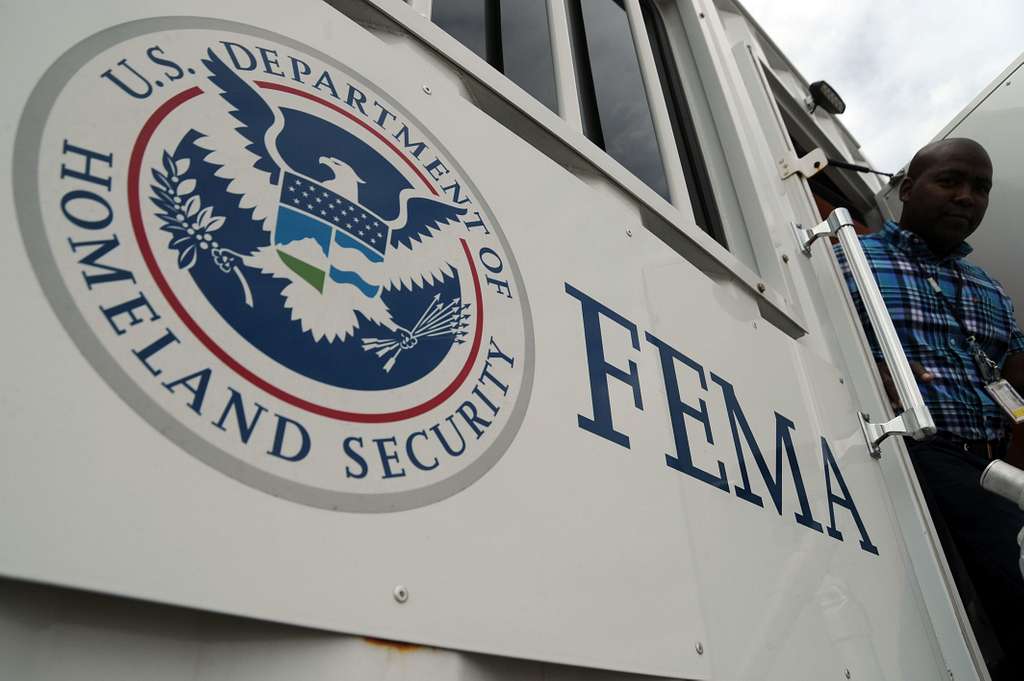Flawed FEMA Maps Blamed in Deadly Texas Camp Flooding

United States: An unsettling revelation has emerged about Camp Mystic, the site where more than two dozen lives were recently lost due to overwhelming floods in Texas. According to an intensive analysis conducted by NPR, PBS's FRONTLINE, and expert data modelers, far more cabins and buildings faced inundation threats than previously suggested by federal projections.
The Hidden Geography of Risk
First Street, a cutting-edge climate risk analytics firm based in New York City, unveiled cartographic evidence indicating that at least 17 structures were within the deluge’s direct course. In stark contrast, FEMA’s antiquated diagrams painted a less dire scenario. What’s more alarming—four of those buildings were bunkhouses sheltering young campers, situated in FEMA's “extreme flood hazard” territory—an area where floodwaters roar with unrelenting force and depth.
FEMA’s Flawed Foundation
For years, FEMA's flood maps have been anchored in outdated methodology—favoring coastal surges and river overflows—while all but ignoring torrential rainfall and flash floods, both of which are intensifying due to climate shifts. This miscalculation has left a massive swath of the US population in flood-prone zones without proper warnings. First Street’s findings suggest more than double the number of residents are at serious flood risk than FEMA acknowledges.
